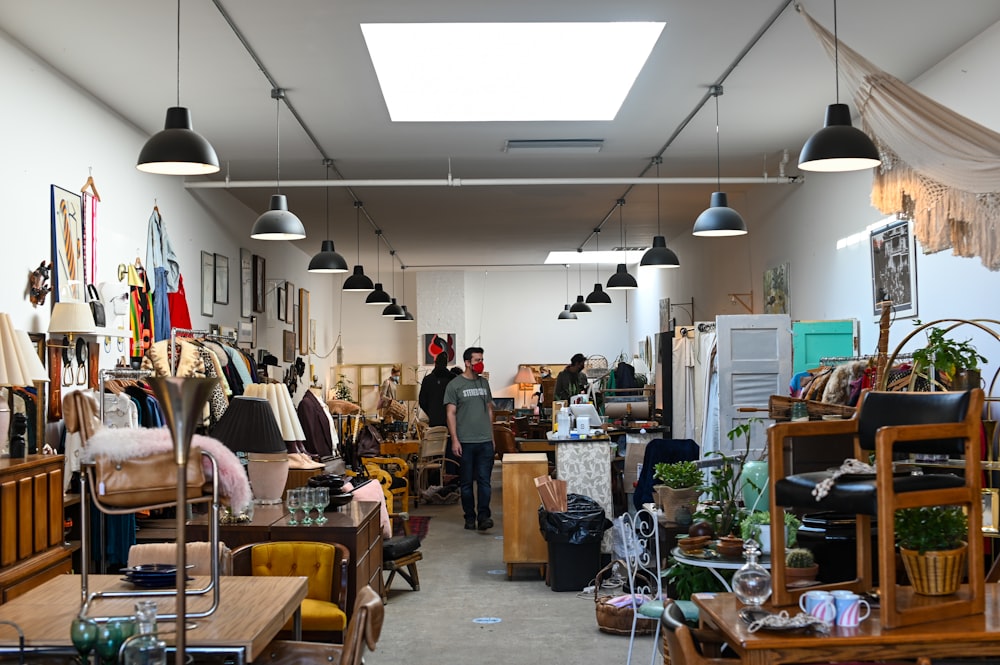Most people are well-versed in “the three Rs” of sustainability – reduce, reuse, recycle. The easiest one to follow regularly is recycling, and it’s incredibly important. Without regular recycling, our planet would become overrun with waste.
However, as more people start to turn toward sustainable lifestyles, a new wave of eco-friendly options is making it easier to reuse items, rather than recycle them.
Reusing items in your home, including in construction and design efforts, will help to reduce waste even further, ensuring every material you use serves multiple purposes before being “tossed” away. You don’t have to be a design whiz to be able to repurpose items within your home. With a few simple tips, you can prioritize reuse over recycling and give new life to design and decor items that would have otherwise ended up in a recycling bin.
Not sure where to get started? Let’s cover a few ways you can reuse materials from your home design and improvement projects.
Take Care With Construction
It’s not uncommon for homeowners to make upgrades, including room additions, decks, or expansions. These larger projects often require new construction, which traditionally can cause a lot of waste. In 2018, construction and demolition projects contributed to 143 million tons of waste in U.S. landfills.
Thankfully, there are steps you can take to reduce waste during home construction, starting with the materials you use. Sustainable construction materials are becoming more widely available and affordable. Some of the most common sustainable materials include:
- Transparent aluminum
- Cross-laminated timber
- Pollution-absorbing bricks
- CABKOMA strand rods
- Self-healing concrete
- Magnesium Oxide Panels
These materials are changing the construction industry and the planet all at once. Pollution-absorbing bricks, for example, can actually clean and filter the air. Magnesium oxide panels, also known as MgO Boards, are completely recyclable building materials that are classified as “nutritional waste.”
If you want to make upgrades inside your home when you’re remodeling, consider purchasing energy-efficient appliances, as well. Yes, getting rid of old appliances can contribute to waste. However, there are ways to recycle them (and you might even get paid to do it). Plus, today’s energy-efficient appliances will run more efficiently and waste a fraction of the electricity. Not only is it good for the planet, but your pocketbook, as well.
You can also commit to a minimalist design when you’re using new construction materials (or investing in new décor). Minimalism is a great way to reduce waste, and can even boost your mental health, so consider more open concepts and less clutter in your projects.
Repurpose, Reclaim, and Upgrade
Whether you’re constructing something new or changing the interior design of your home, there are ways to completely avoid using new materials. Nowadays, finding repurposed construction materials is easier than ever.
Everything from wood and brick to plastic and glass can be reused in different ways. There’s a reason barn wood and lumber have seen such a rise in popularity over the last few years – not only does it offer an interesting aesthetic, but it’s often less expensive and much better for the planet than having to cut down more trees.
If you’re willing to get creative, you can also reclaim and upgrade items in your home to look completely different or serve a new purpose.
For example, instead of buying new kitchen cabinets, consider refinishing yours or painting them a new color. Bring out the character in your knotty hardwood floors by polishing and sealing them rather than installing new ones. Classic-looking homes and even “shabby-chic” designs are very in-style. There’s something to be said about bringing out the natural beauty of an old home. So, before you decide to replace everything with modern equivalents, consider what could be given new life with just a few simple touch-ups, including:
- Kitchen countertops
- Doorknobs and cabinet handles
- Wood trim
- Interior and exterior doors
- Bathroom and kitchen floors
Or, repurpose old carpet that you’ve pulled up into area rugs throughout your home to give them a second life. Turn an old piece of your fence into a picnic table, or a dining chair into a nightstand. When you give some thought to how things you already have can be updated or repurposed in some way, you’ll become an instant DIYer.
Thrift Store Décor
Reusing items doesn’t strictly refer to new construction or making large upgrades in your home. Maybe you just want to change your interior (or exterior) design and give your space a new look.
While it can be tempting to head to the nearest superstore or shop online for new home décor, consider visiting your local thrift shops, instead. You never know what you’ll find – including some relatively new items. However, the real “gems” at thrift stores are unique décor items that have character and history.
Visiting a local thrift shop can spark your imagination. You might see items that could be repurposed or reused in different ways with a few simple adjustments. Or, you might find the perfect “as-is” piece to complete the look and feel of a room.
Thrifting is a fantastic way to reduce waste and consumer demand. Plus, if you plan on having guests over, you’ll quickly find that many thrifted items are great conversation starters and talking points. They’ll reflect your personality, and you’ll love knowing they can’t be purchased with a few clicks on a computer.
Garage sales are another great option for finding home décor and reusing it in your own way. Check online or in your local newspaper to learn about sales near you. The old saying, “one man’s trash is another man’s treasure” really rings true, and you might find a “pot of gold” you didn’t even realize you were looking for with just a bit of searching.
From furniture to lighting and from décor to demolition, there are so many ways to reuse items in your home design efforts. While recycling remains important, there’s a reason it’s last in “the three Rs” of sustainability. Instead of focusing all of your efforts on recycling new products, consider what you can reuse to limit the amount of waste you produce during a home design project.
Indiana Lee lives in the Pacific Northwest and has a passion for the environment and wellness. She draws her inspiration from nature and makes sure to explore the outdoors regularly with her two dogs. Indiana has experience in owning and operating her own business. Feel free to follow her on Twitter @indianalee3.


